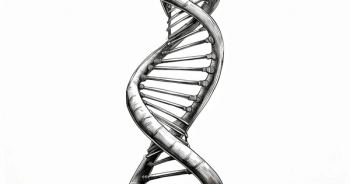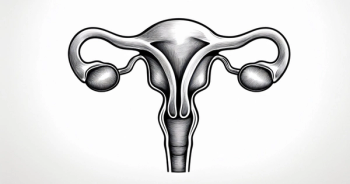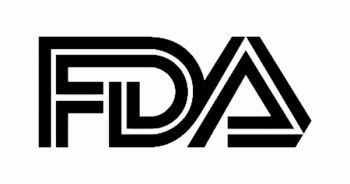
Maintenance Therapy in Stage IIIc Ovarian Cancer
Jubilee Brown, MD:When I see a patient like this, I think to myself, does every patient with newly diagnosed ovarian cancer get maintenance therapy, and in fact my patients ask me this too. Should I get maintenance therapy? And if so, what kind? I break that up into germline and somatic mutations. So, if the patient isBRCA-positive or HRD [homologous recombination deficiency]-positive, then I’m going to treat that patient with a PARP [poly ADP ribose polymerase] inhibitor afterward every time. Those patients, their prognosis can be improved, and some of those patients we think can be cured with a PARP inhibitor as maintenance therapy. On the other hand, for patients who have very poor prognosis disease, so bulky disease, liver metastasis, a poor performance status, those patients I would consider maintenance therapy with bevacizumab. Because we know from ICON7 and from GOG-0218 trials, that those poor-prognosis patients are the ones who are most likely to benefit from bevacizumab in the maintenance setting.
One question that people sometimes ask or that we talk about is, do options for our later lines of therapy influence how we treat patients up front, and I would say largely no. I think that if a patient has aBRCA-related mutation, then they should get a PARP inhibitor up front. I think we need to administer that treatment for patients up front and give them the best chance of getting into either a sustained remission or potentially cure.
I always like to know the mutation status of the patient, so that I can determine whether they’d benefit from a PARP inhibitor after upfront therapy for patients who areBRCAorBRCA-related mutation positive, either germline or somatic, versus if they’re a poor prognostic patient, then I’m going to use bevacizumab in the maintenance setting.
Transcript edited for clarity.
Case: A 59-Year Old Female With Stage IIIC Ovarian Cancer
Initial Presentation
- A 59-year old female presented with new onset early satiety, abdominal bloating and discomfort
- PMH: unremarkable, postmenopausal
- SH: schoolteacher; no tobacco, alcohol or drug use
- PE: abdominal distention, left lower quadrant tender on palpation, shifting dullness noted on percussion
Clinical work-up
- Pelvic exam with transvaginal ultrasound showed a left ovarian mass
- Chest/abdomen/pelvis CT with contrast revealed a left adnexal 4.8-cm mass, extension to liver capsule without parenchymal involvement; retroperitoneal lymph node involvement and ascites noted; no pleural effusion
- Lymph node, adnexal mass biopsy, and paracentesis (2000 cc) cytology confirmed high-grade epithelial ovarian cancer
- Diagnosis: high-grade epithelial ovarian cancer; stage IIIC T3cN1M0
- Germline/molecular testing showed HRD-,BRCA1/2wildtype
- CA-125, 385 U/mL
- ECOG PS 1
Treatment
- Patient underwent TAH/BSO, lymph node dissection, with optimal debulking; R0
- IP/IV paclitaxel/carboplatin + bevacizumab every 3 weeks for 6 cycles
- Followed by bevacizumab for 6 more cycles
- Complete response; post treatment CA125, 48 U/mL
Follow-up
- 3-months CA-125, 30 U/mL
- Chest/abdomen/pelvis CT showed no gross pelvic masses or nodes
- Pelvic exam, unremarkable
- ECOG PS 0










































